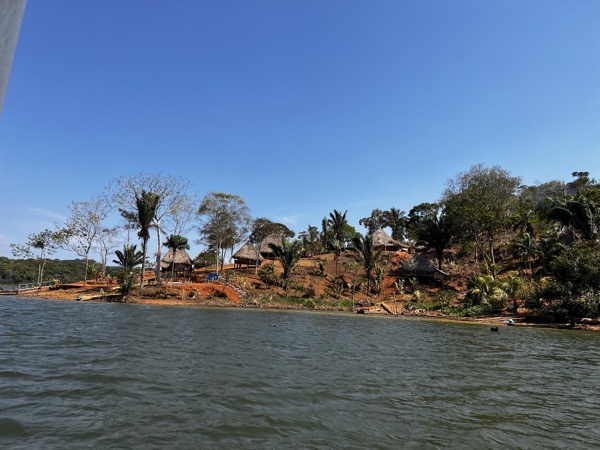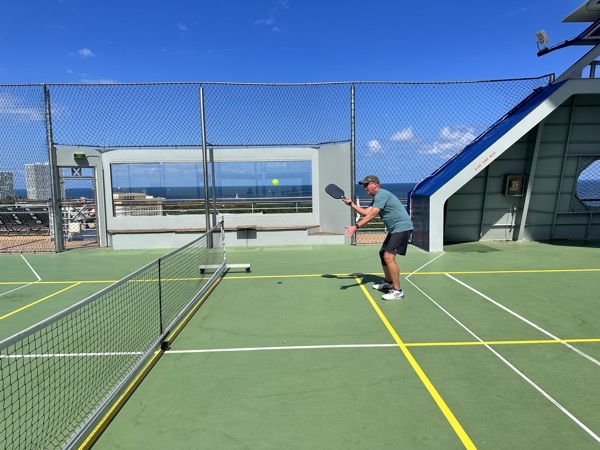Category: Panama
You are viewing all posts from this category, beginning with the most recent.
Where does all our stuff come from? Going through the Canal.
I grew up in farm country so I’m pretty familiar with how food gets to the grocery store. But what about all the other stuff we buy at all the other stores? Well here is a clue for you…
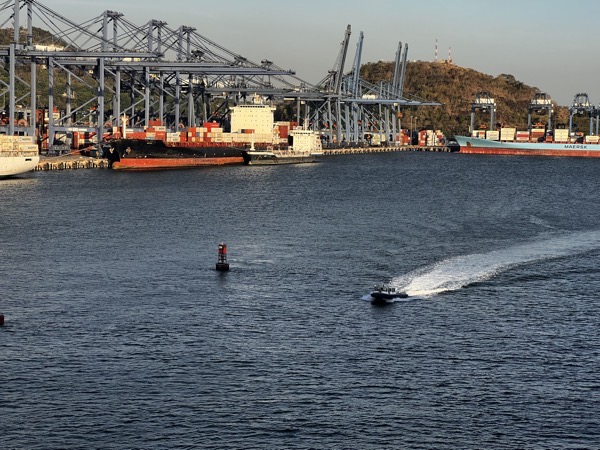
One thing this trip through the panama canal has made me realize is just how amazing, complex, and expensive the global shipping system is. Have you ever wondered how much it costs for a ship to go through the Panama canal? Take a guess? Our cruise ship cost about $370,000 and larger ships can cost over a million!
I can’t even begin to guess the value of everything in those containers but just think about it. Cars, wood, electronics, furniture, carpet, gas, oil, grain, it all makes its way around the world in giant ships. In Colon there is a huge duty free area where buyers go and order containers of various things. Oh, I like these shorts I’ll take 2 containers of medium 1 of large, etc…
Going through the Panama canal you really see where this all comes together, literally, to fit through a bunch of locks that are a thousand feet long and 160 feet wide. Plus the new locks for the even bigger ships.
Our route through the canal started at the Gatun locks. These take you up 85 feet to lake Gatun. You can see our ship the Celebrity Millenium in the background just entering the first lock. The white and blue ship is a car carrier heading the opposite direction.

Here we are in the lock looking backward you can see a tanker heading out.
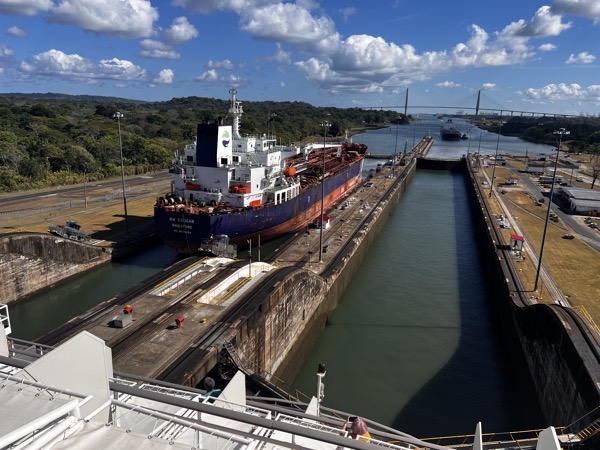
We then travelled across the lake (formed by damming the Chagres river) to the Pedro Miguel locks which stepped us down about 50 feet and then on the the Miraflores locks which took us down to the Pacific Ocean.
This sequence just shows us at the Miraflores locks dropping down the final step before we head out.
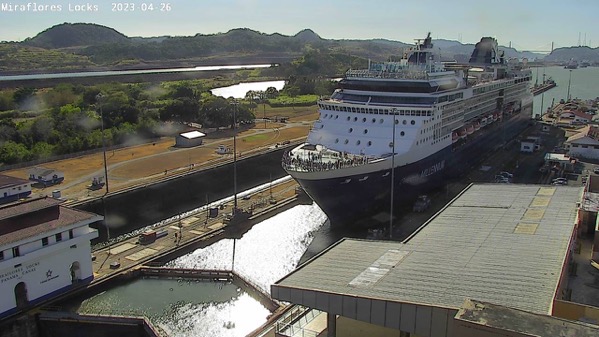
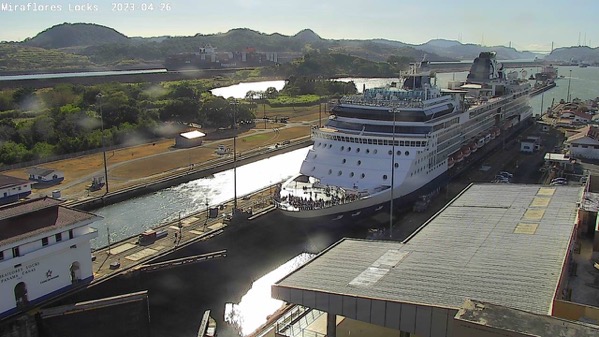
Panama City in the background.
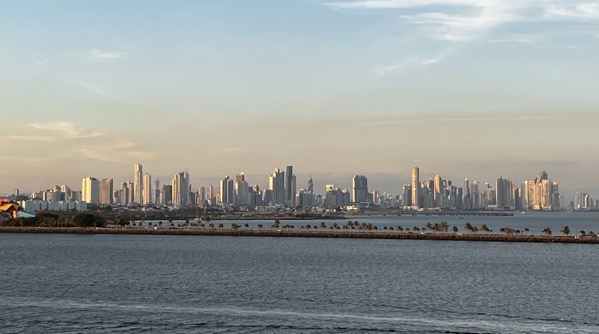
The whole thing is such an engineering marvel. And not done with new technology! Much of the canal has not changed since it was built over 100 years ago. No pumps are used, it is all gravity fed. Which means that in order for the locks to work they are draining the lake. Of course it is refilled by the river, but each ship uses about 52 million gallons of water to traverse the locks. The rainy season has not been very rainy this year so the lake level is down which means some ships can’t go through, or they have to unload some cargo before they go. One interesting addition that helps conserve water is that now we can use water from the side going down to halfway fill the side going up. This is a nice bit of recycling that saves about 50% of the water.
A Day in Panama
After docking in Colon we joined our tour group for the day to see some of the sites in Panama. This tour included stops at the new locks – Wide enough for the “neo” class ships that do not fit in the original canal. It also included a stop and boat ride on Lake Gatun where we visited the village of some indigenous people and looked for wildlife along the shore.
I had this idea (probably from childhood) that the Panama canal was one long canal. Which is not true at all. The canal is actually a series of locks that bring the ship up into lake Gatun then you cross lake Gatun and go down some more locks to bring you back to the ocean. So, the constraints on the ships are really the size of the locks. In 2016 they opened a new set of locks at each end to support the really large ships. Now the main constraint is really on the depth of the water in the lake.
Here is a view of both sets of locks on the Atlantic side:
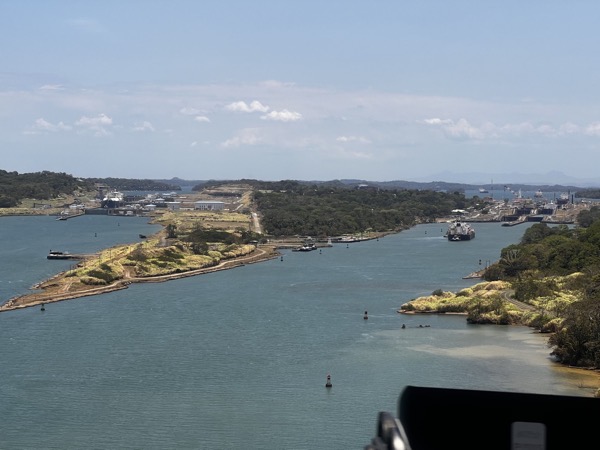
The left side is the new lock which runs one way, They go one way for half the day and then the other way the other half of the day. the right side is the old locks which run both ways most of the time, but they can shut it down and switch to one way traffic if they have maintenance to do.
Here is a view of the village we stopped at.
